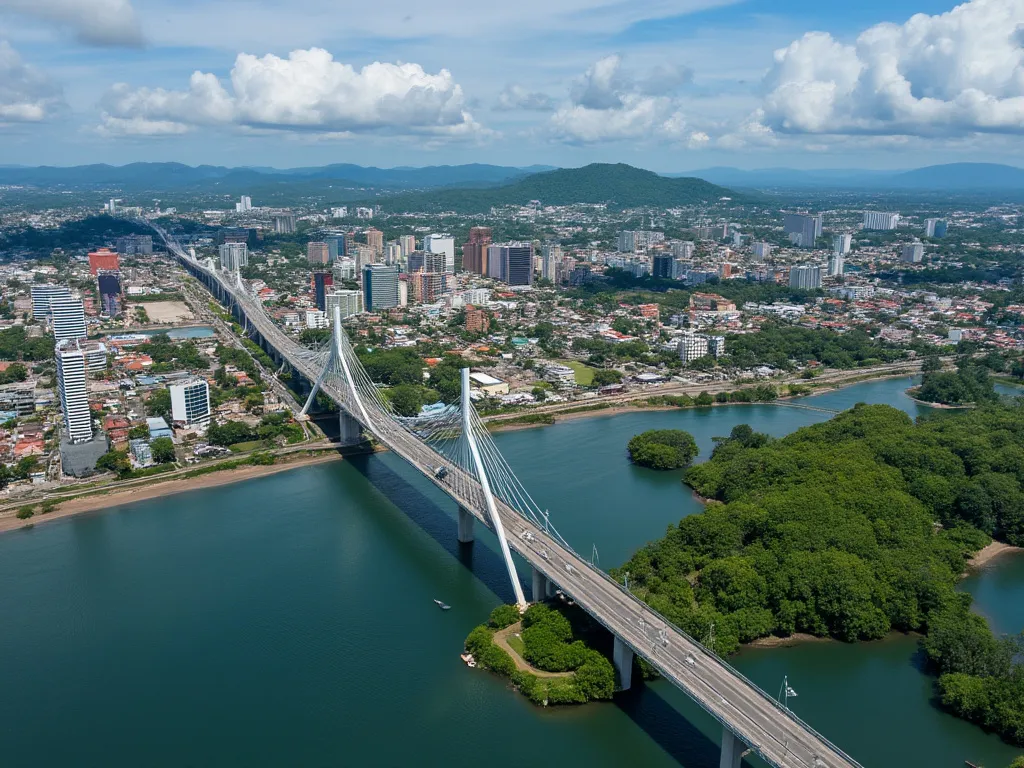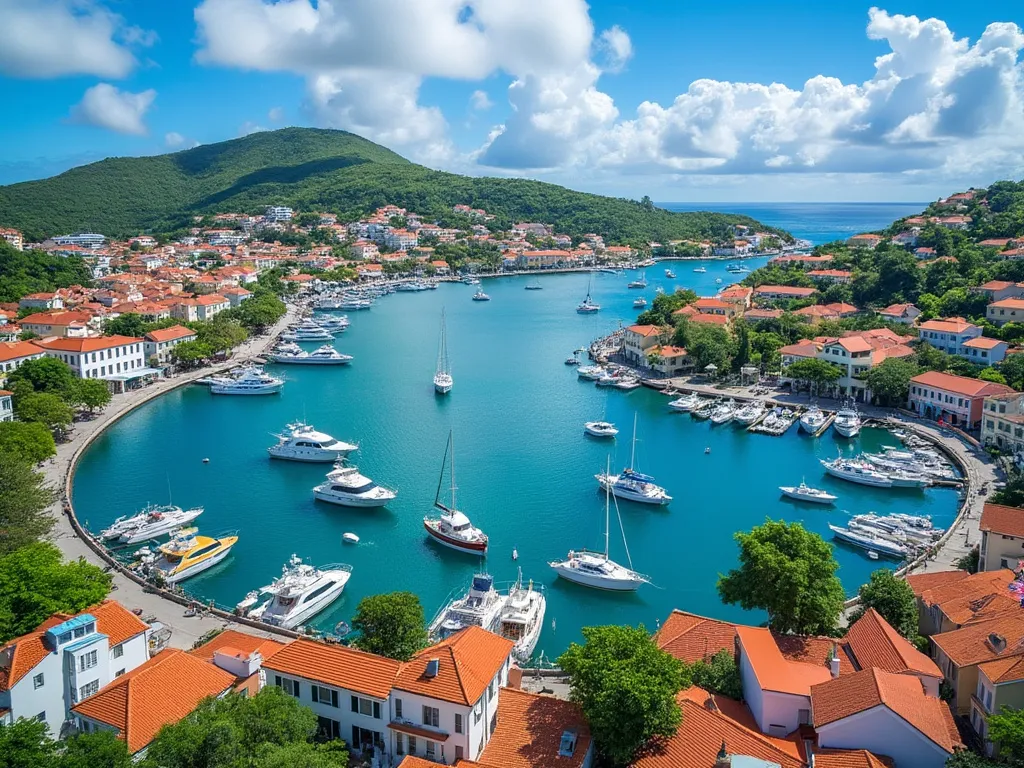
Cayenne, the capital city of French Guiana, is a vibrant and diverse metropolis nestled on the northeastern coast of South America. As the political, economic, and cultural center of this French overseas department, Cayenne offers a unique blend of French, Creole, and Amazonian influences, making it a fascinating destination for visitors and a dynamic home for its residents.
Cayenne Information
| Country | 🇬🇫 French Guiana |
| Population | Approximately 61,000 (city), 140,000 (metropolitan area) |
| Coordinates | 4°56'N 52°20'W |
| Area | 23.6 km² (9.1 sq mi) |
| Climate | Tropical rainforest climate (Af) |
| Language | French (official), Guianese Creole |
| Currency | Euro (€) |
| Time zone | GFT (UTC-3) |
| Proximity to other major cities | Paramaribo, Suriname (342 km), Georgetown, Guyana (586 km) |
Historical Background of Cayenne
Cayenne's history dates back to 1643 when it was founded as a French colony. The city has a complex past, marked by colonial struggles, slavery, and its infamous role as a penal colony. From 1852 to 1946, Cayenne was the main port for French convicts being sent to the notorious Devil's Island prison. After World War II, French Guiana, including Cayenne, became an overseas department of France, leading to significant development and modernization. Today, Cayenne stands as a testament to its tumultuous history while embracing its role as a modern, multicultural city.
Geographical Location of Cayenne
Situated on a former island at the mouth of the Cayenne River on the Atlantic coast, Cayenne is surrounded by lush tropical forests. The city's unique location, bordered by the Atlantic Ocean to the north and vast Amazonian rainforests to the south, contributes to its rich biodiversity and distinct climate. Cayenne's strategic position also makes it an important port city, facilitating trade and serving as a gateway to the interior of French Guiana.
Cultural Significance of Cayenne
Cayenne is a melting pot of cultures, reflecting its diverse history and population. The city's cultural landscape is a vibrant mix of French, Creole, Asian, and Amerindian influences, evident in its cuisine, music, and festivals. The annual Carnival, one of the longest in the world, is a highlight of Cayenne's cultural calendar, featuring colorful parades, traditional music, and dance. The city is also known for its spicy cuisine, particularly the famous Cayenne pepper, which derives its name from the city.
Economic Importance of Cayenne
As the capital of French Guiana, Cayenne plays a crucial role in the region's economy. The city serves as the administrative and commercial hub, with a economy based on services, trade, and tourism. The nearby Guiana Space Centre in Kourou, Europe's spaceport, contributes significantly to the local economy and employment. Cayenne's port facilitates the export of local products such as timber, gold, and shrimp. The city is also developing its eco-tourism sector, capitalizing on its unique location between the Atlantic and the Amazon.
Interesting Facts About Cayenne
- Cayenne is the birthplace of the world-famous Cayenne pepper, known for its intense heat and flavor.
- The city is home to the ruins of Fort Cépérou, built in the 17th century to protect the colony from invasion.
- Cayenne has one of the longest Carnival celebrations in the world, lasting from Epiphany in January until Ash Wednesday.
- Despite being in South America, Cayenne is part of the European Union as an outermost region.
- The city experiences one of the highest rainfall rates in the world, with an average of 3,750 mm (148 in) per year.
Tourist Attractions in Cayenne
Cayenne offers a range of attractions for visitors:
- Place des Palmistes: The city's main square, lined with royal palms and colonial buildings.
- Musée Départemental Franconie: A museum showcasing the history and culture of French Guiana.
- Cayenne Cathedral: A beautiful 19th-century church in the heart of the city.
- Remire-Montjoly Beach: A popular beach just outside the city, perfect for relaxation and water sports.
- Fort Diamant: A historic fort offering panoramic views of the coastline.
- Tresor Nature Reserve: A protected area showcasing the region's diverse flora and fauna.
- Marché de Cayenne: The central market, where visitors can experience local products and cuisine.
Conclusion on Cayenne
Cayenne, with its rich history, cultural diversity, and unique geographical location, stands as a fascinating capital city at the crossroads of South American and European influences. As the administrative and economic center of French Guiana, it plays a vital role in the region's development while preserving its distinctive Creole heritage. From its colorful colonial architecture to its vibrant markets and nearby natural wonders, Cayenne offers visitors a truly unique experience. As the city continues to evolve, balancing its French connection with its South American identity, it remains an intriguing destination that captures the essence of this remarkable corner of the world.
 Charlotte Amalie
Charlotte Amalie
 Chișinău
Chișinău
 Caracas
Caracas
 Castries
Castries